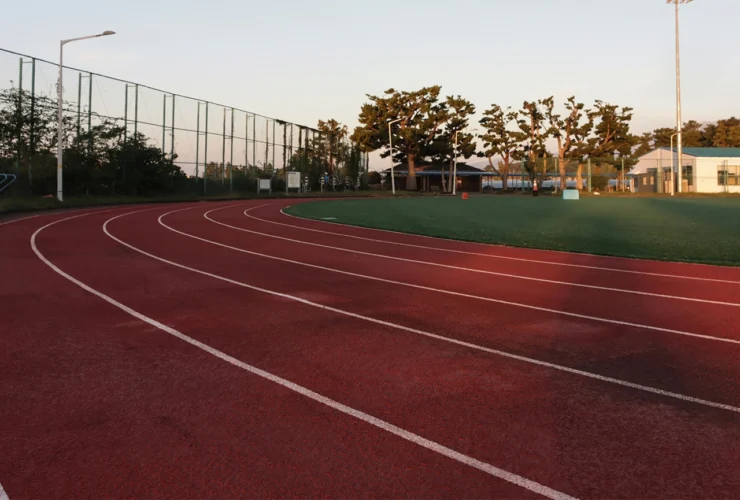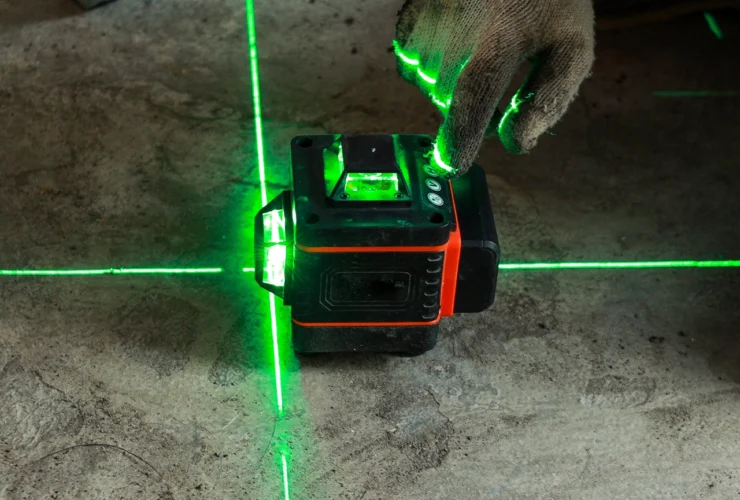The Evolution of Tennis Court Dimensions: From Past to Present
Tennis, a sport with a history spanning several centuries, has seen remarkable evolution. This evolution isn’t just in how people play the sport but also in the physical arenas where players fight the battles – the tennis courts.
The transformation of tennis court dimensions has played a pivotal role in shaping the modern game. The game of tennis traces its roots back to 12th-century France.
There, people played the game with their palms, hence the name “jeu de paume” or game of the palm. Over the years, the dimensions of tennis courts have evolved from being narrow and long to having a standard measurement today.
Read on as we delve into the evolution of tennis court dimensions to understand how changes in court size and dimensions have influenced the game’s dynamics.
The Origins of Tennis and Early Court Dimensions
Early tennis courts were quite different from what we see today. They were typically narrow and long, measuring approximately 90 feet long and only 27 feet wide, similar to the modern doubles lane width.
Indoor Courts and Royal Influence
Initially, tennis was predominantly an indoor sport. Medieval courts were constructed within the courtyards of castles and monastic buildings.
The available spaces within these structures dictated the dimensions of these courts. The game was a favourite pastime of royals, with King Henry VIII of England being an avid player, which further led to the standardization of court sizes across Europe.
Related Article: Game, Set, Match: The Ultimate Guide To Tennis Court Maintenance In Ottawa
Transition to Outdoor Courts and Standardized Dimensions
The shift from indoor to outdoor courts marked a significant turn in the standardization of court dimensions. By the late 19th century, as the sport gained popularity, there was a need for uniformity in court size for fair play.
Today’s tennis court dimensions, also the standard size of a tennis court, were set at 78 feet in length and 27 feet in width for singles matches. It features an additional 4.5 feet on each side for doubles play.
The Birth of Lawn Tennis and Dimensional Adjustments
The inception of lawn tennis in England made minor adjustments to the court dimensions. The rectangular courts were designed to fit within the croquet grounds, influencing the standard size of tennis courts we recognize today.
The dimensions were formalized when Major Walter Clopton Wingfield patented the equipment and rules for the game in 1874.
Modern Adjustments and Technological Influences
While the standard dimensions of tennis courts have remained the same, technological advancements have continued to influence how people play the game on these courts.
Enhanced Equipment and Athleticism
With advanced racquet technology and increased physical fitness, players can hit the ball harder and cover the court more efficiently. This has led to an evolution in strategies and tactics employed on the standard-sized court.

The Impact of Court Dimensions on Playing Styles and Techniques
The standardization of court dimensions profoundly impacted playing styles and techniques. The dimensions favoured a more strategic placement of shots, and the development of different playing surfaces led to varied playing styles.
Here’s how the best tennis court dimension impacts playing
Grass Courts: The Game of Precision and Speed
Originally, tennis was played on grass courts. The fast-paced nature of grass courts favoured serve-and-volley players, a style where players would serve and quickly advance to the net to hit a volley. The court’s dimensions played a crucial role in making this style effective.
Clay Courts: The Rise of the Baseline Game
With clay courts and a slower surface, the game shifted from the net to the baseline. Players began to construct points from the back of the court, utilizing the length of the court to their advantage. The standard tennis court dimensions allowed for longer rallies and a more tactical approach to the game.
Hard Courts: A Blend of Styles
Hard courts and a more neutral playing surface offer blended playing styles. This court size, which is the best, allowed players to excel in baseline rallies and net play, leading to a more versatile game.
Related Article: Best Tennis Court Surfaces For Kingston’s Climate

Hire a Tennis Court Surface Contractor in Toronto
The evolution of tennis court dimensions from the royal courtyards to the modern standardized courts reflects the evolution of the sport itself. Today, these dimensions not only dictate the physical boundaries of the game but also influence the strategies, techniques, and styles that define tennis.
At Crowall Surface Contractors, we understand the importance of adhering to these standard dimensions in constructing courts that are true to the spirit and history of the game. We specialize in building tennis courts in Ontario that meet the standard dimensions and embody the sport’s rich heritage.
Whether you’re a professional player or a tennis enthusiast, our courts provide the perfect arena for experiencing the evolution and joy of tennis. Contact us at 1-416-951-4626 to learn more about our tennis court construction services and how we keep the game’s legacy alive.



